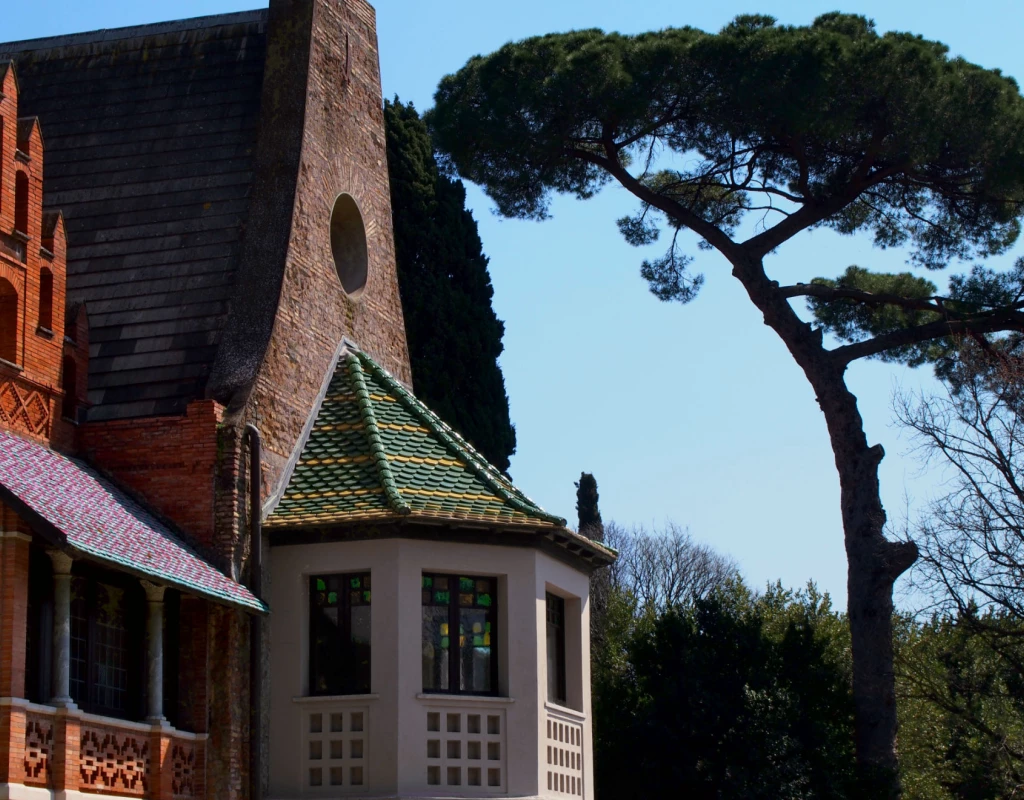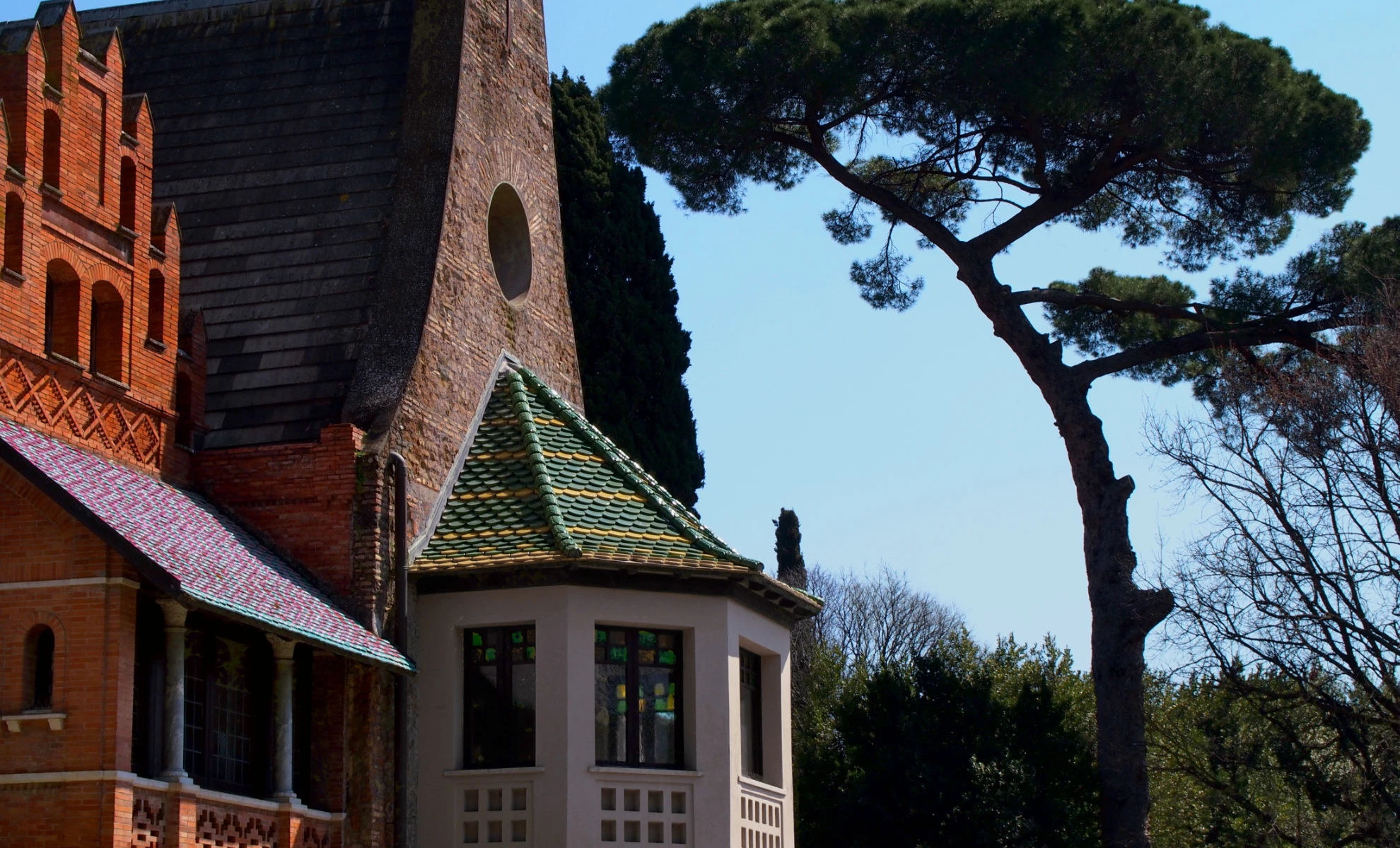This was a vast agricultural property that in the seventeenth century belonged to the Pamphili family. In 1797 the property passed to the Torlonia family. This was made up of noble bankers who, through this villa, wished to reproduce the ancient glories of previous centuries.
Ph. Ludovica Baratta
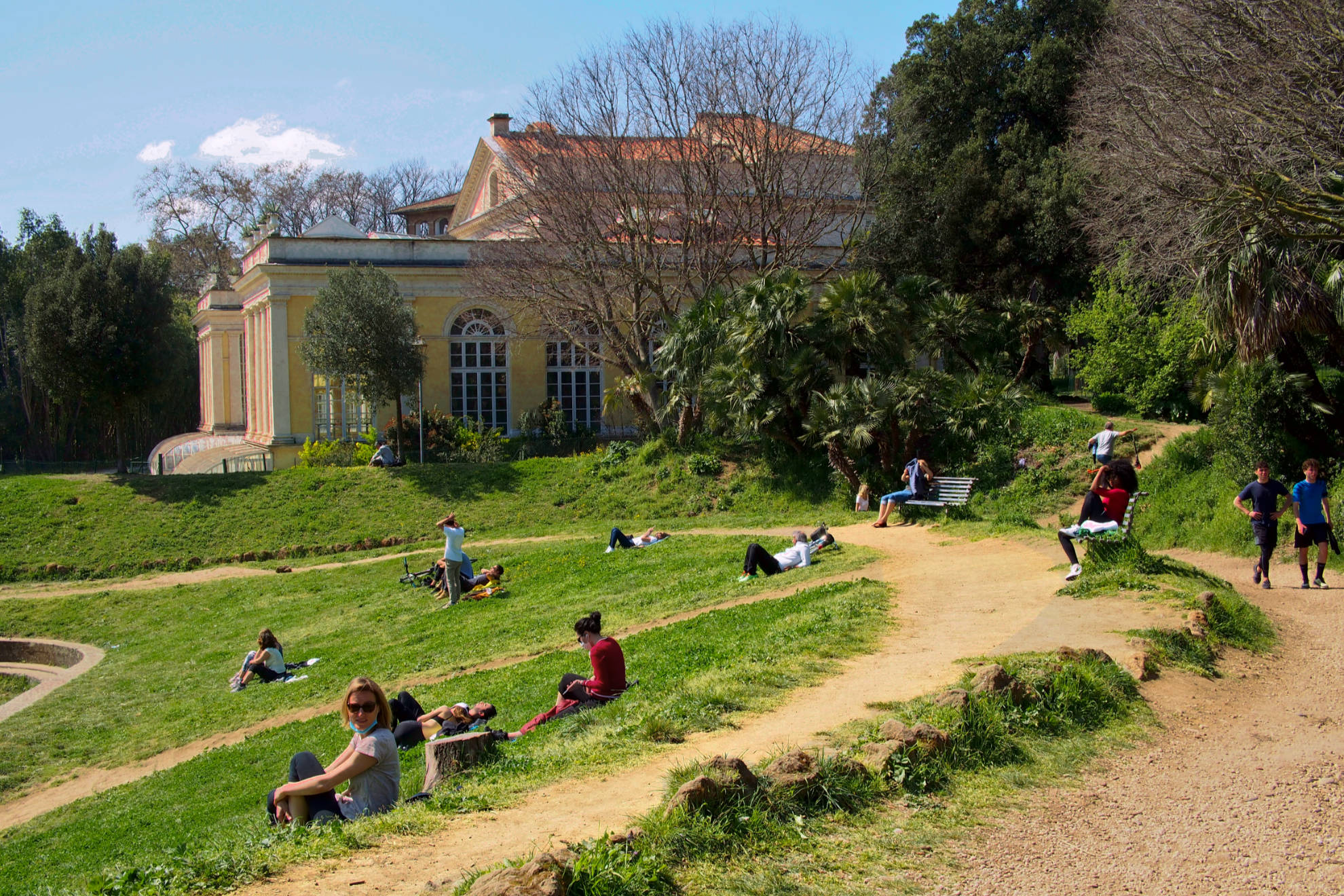
Since then this noble Roman residence, whose main entrance opens sumptuously onto Via Nomentana and which over time has undergone numerous renovations, is called Villa Torlonia.
During the week, the natural vegetation of Villa Torlonia is the aristocratic refuge for the elderly as well as babysitters together with the children they look after. Sunday becomes an almost inevitable destination for the many Romans in search of free spaces to flee to from densely populated and - above all - very busy neighbourhoods.
Ph. Ludovica Baratta
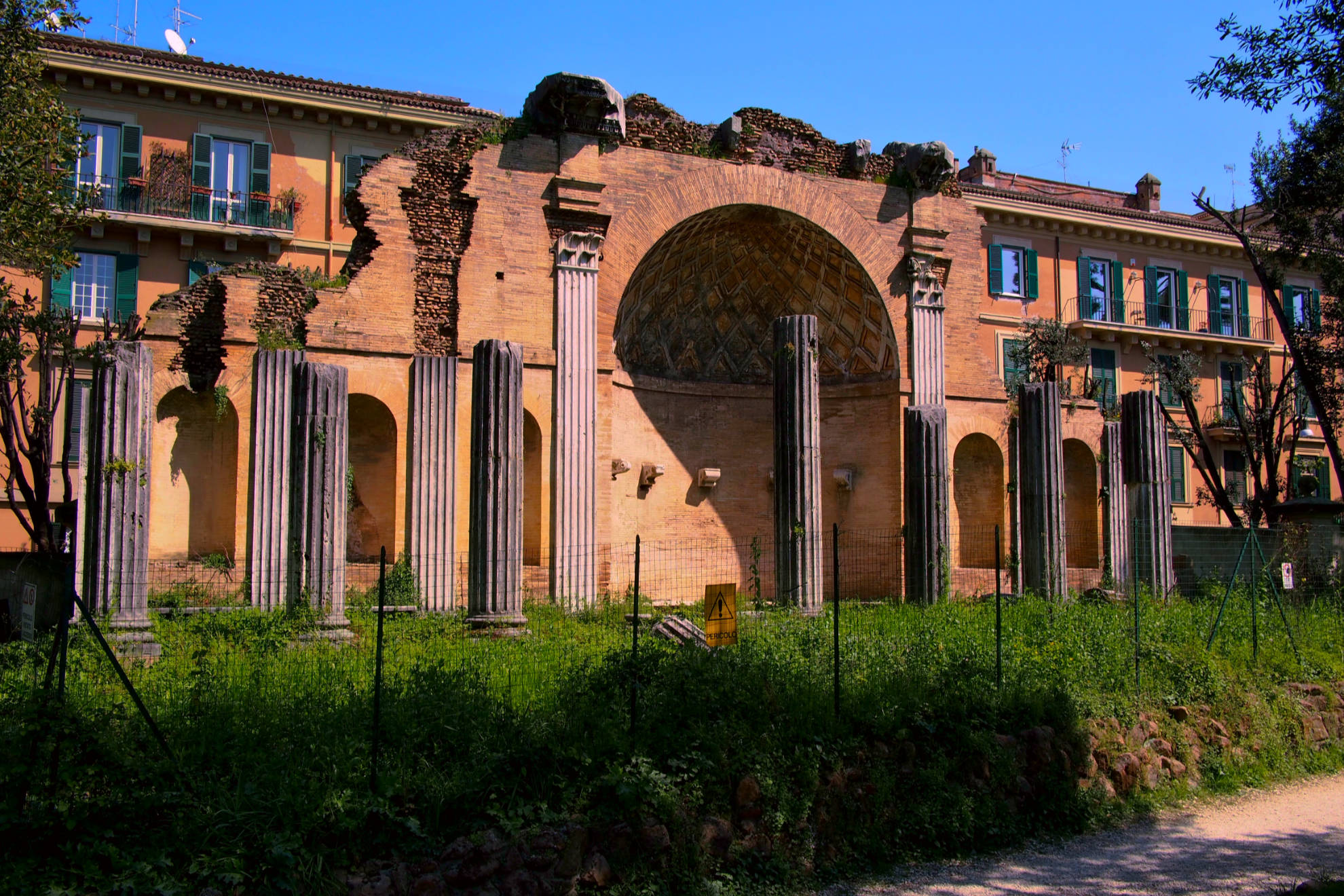
When you walk along the historic Via Nomentana (one of the longest streets in the city) with its constant traffic of cars, the horns that soundtrack your journey, the street vendors who try to sell you everything from bags to coloured beaded bracelets, the gate of Villa Torlonia at one point appears almost like a vision, an irresistible temptation to escape from so much disorder and so much confusion.
Ph. Ludovica Baratta
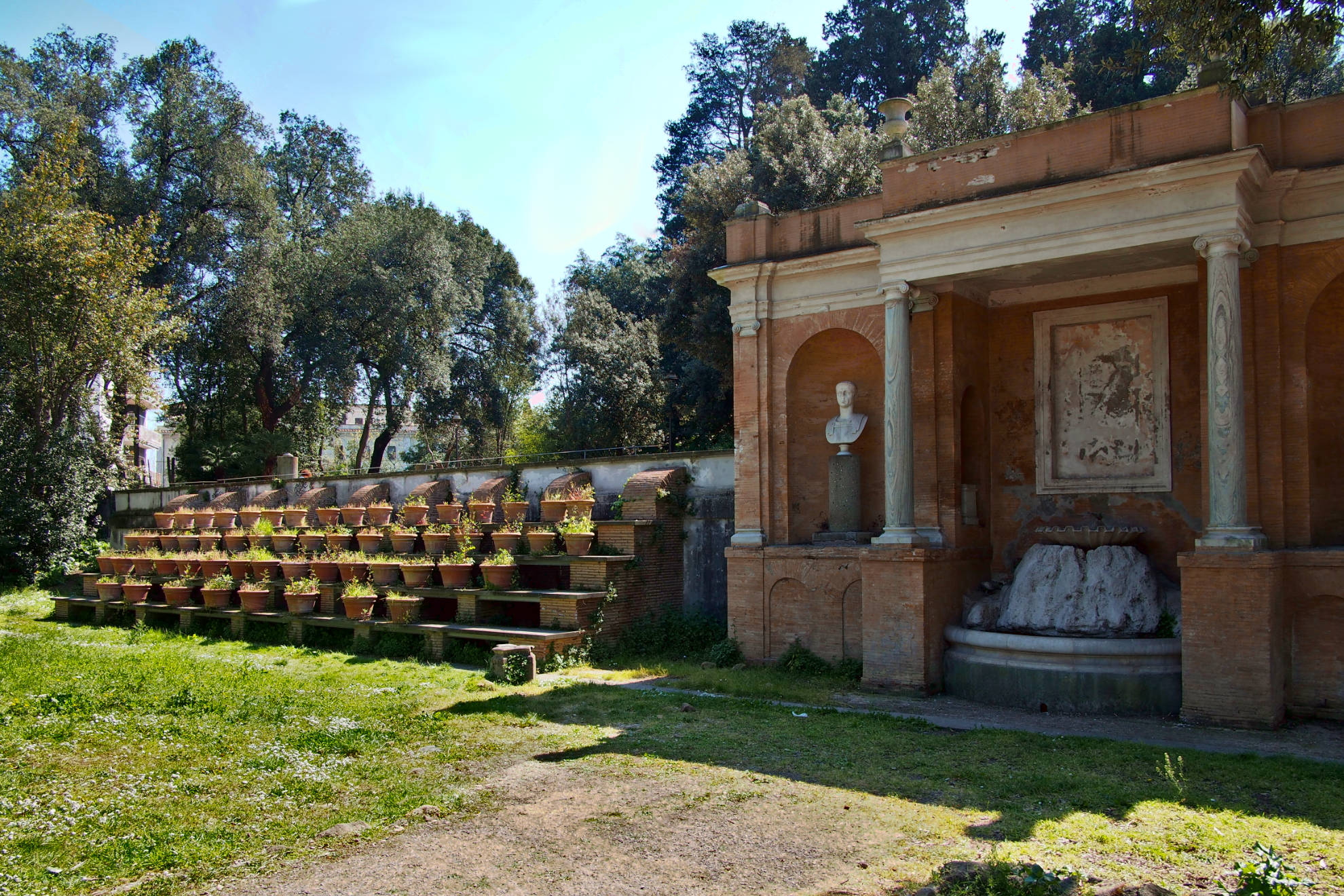
You enter the park and a different world opens up. Without even thinking about it too much, you let yourself be guided by the small uphill path on the left, unaware that a few metres away you will find yourself in front of a building featuring a magical structure and architecture. Known as the little house of the owls, it will take you directly into the world of fairy tales.
The villa of the owls | Ph. Ludovica Baratta
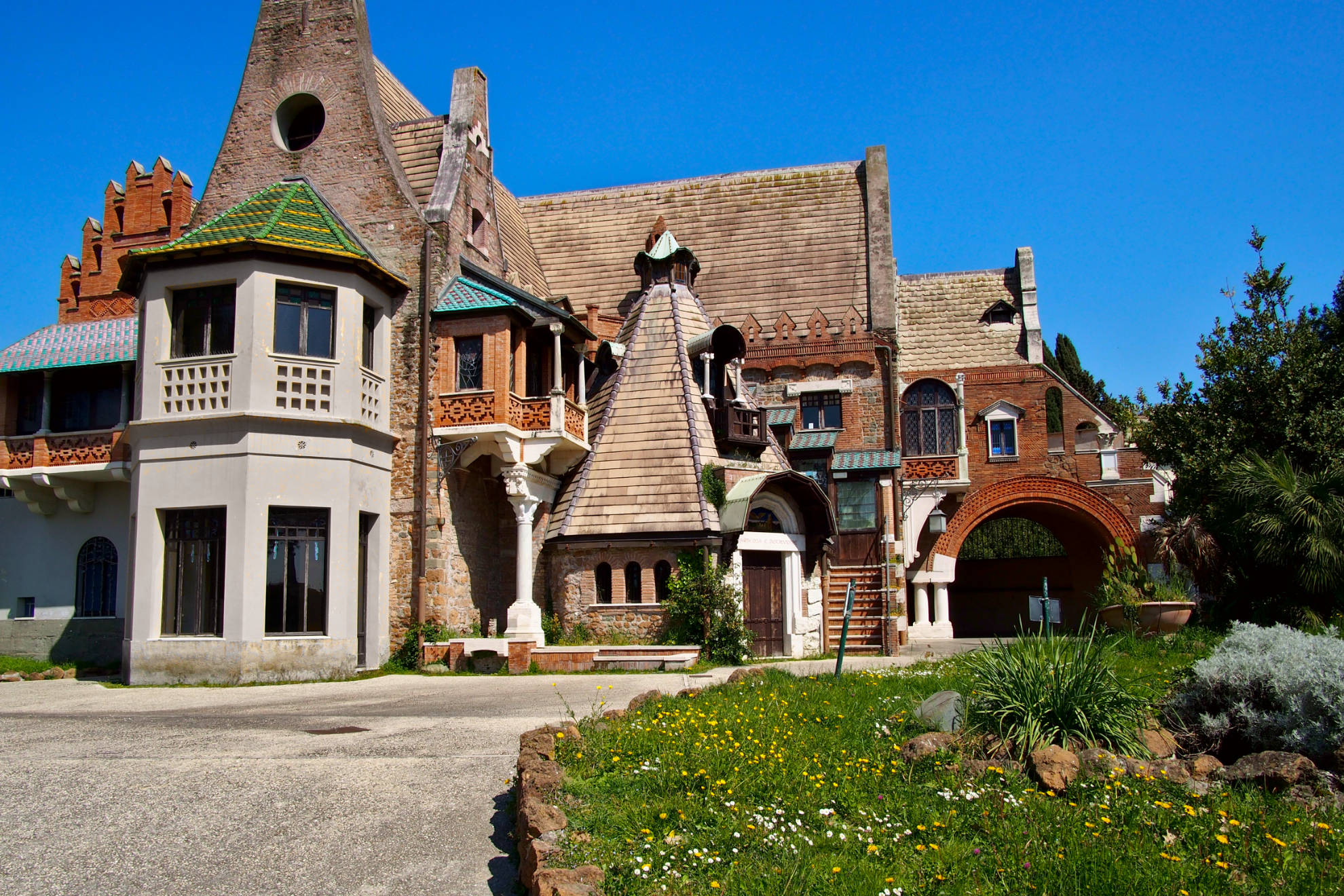
Built by Prince Giovanni Torlonia for these moments of relaxation, the little house of the owls is hidden by an artificial hill covered with trees and shrubs. It served as an escape from formalities and duties of the official residence. This was the place where Prince Giovanni loved to retire “In wisdom and solitude”. However, he was always safe, thanks to the careful and watchful gaze of the owls depicted inside the building and from which the little house took its name.
The owl is a special animal: it sees even at night and hears everything, thus watching over the beauty and history of Villa Torlonia.
